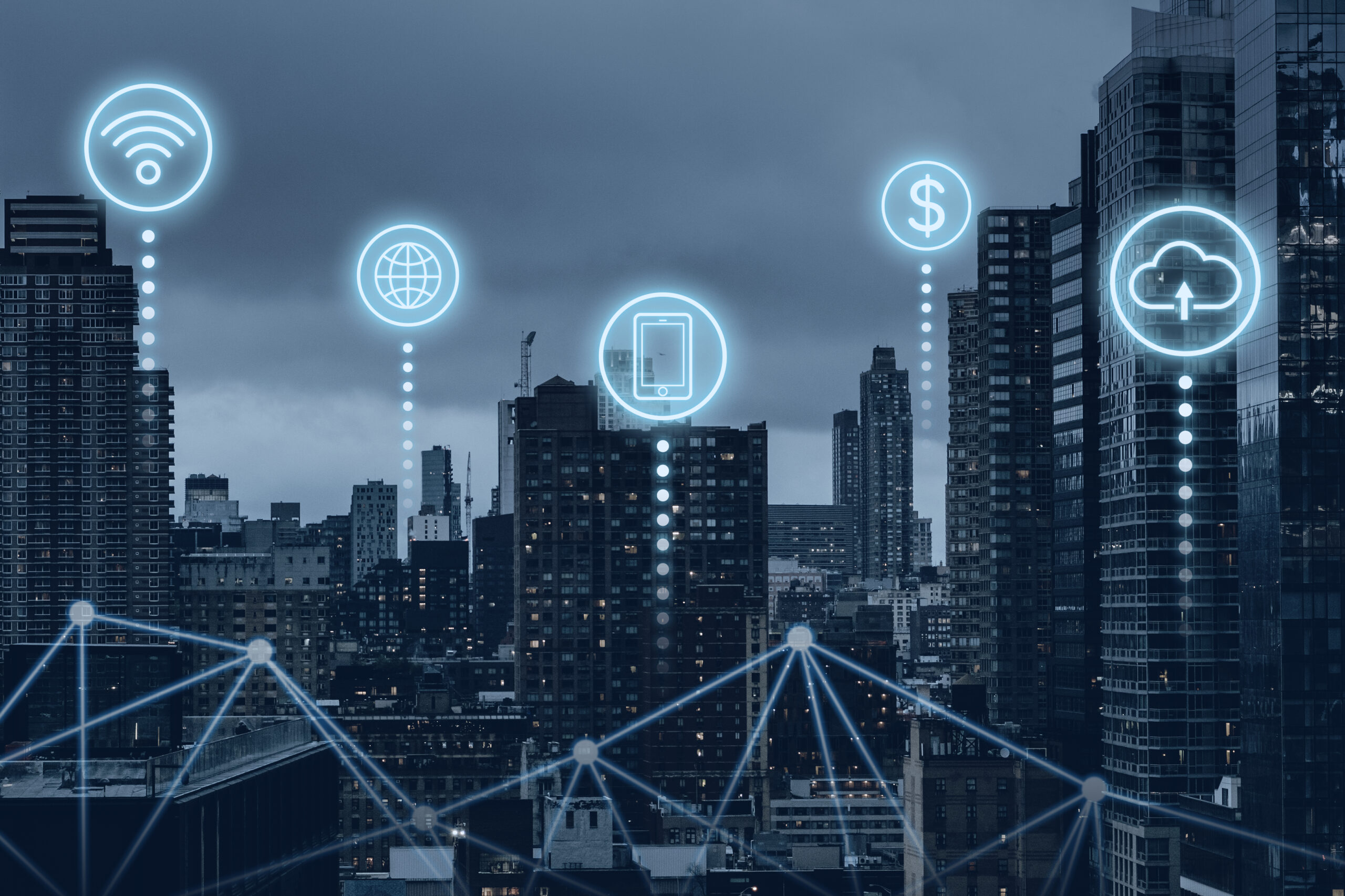The Internet of Things (IoT) has evolved far beyond smart speakers, wearable fitness trackers, and home automation gadgets. Today, IoT forms the very backbone of modern urban transformation, powering the rise of smart cities worldwide. Smart traffic lights reduce congestion, AI-powered surveillance cameras monitor public spaces, wearable medical devices track patient vitals in real time, and interconnected energy grids balance supply and demand more efficiently than ever before.
These innovations promise unprecedented convenience, reduced costs, and optimized resource management. They are transforming how citizens interact with their cities, blurring the line between the physical and digital worlds. However, the very interconnectedness that makes IoT so powerful also creates a massive attack surface. Each sensor, camera, and connected device represents a potential vulnerability that can be exploited—turning efficiency into fragility and convenience into risk.
How IoT Is Transforming Urban Life and Industries
Smart cities exemplify the integration of IoT across multiple domains. Traffic congestion is alleviated by AI-enabled adaptive signals. Utilities deploy smart meters to monitor water and electricity consumption in real time, improving efficiency and sustainability. In healthcare, wearable devices and remote monitoring tools empower doctors to provide continuous care beyond hospital walls.
Industries, too, benefit from IoT innovation. Smart manufacturing plants employ predictive maintenance sensors to minimize downtime, logistics companies rely on GPS-enabled trackers for real-time fleet optimization, and agriculture leverages smart irrigation systems that respond to soil and weather conditions. Together, these use cases illustrate how IoT has become not just a technological upgrade, but a fundamental enabler of modern life and industrial competitiveness.
Cyber Risks of Connected Cars, Traffic Systems, and Healthcare Devices
While IoT offers transformative benefits, it also introduces alarming risks. Connected cars can be remotely hijacked, raising the possibility of large-scale vehicular accidents. Smart traffic systems, if compromised, could plunge entire cities into chaos by creating artificial congestion or even orchestrating accidents. Healthcare IoT devices—such as insulin pumps, pacemakers, or hospital-connected monitors—have already demonstrated vulnerabilities that, if exploited, could have life-threatening outcomes.
Unlike traditional cyberattacks that result in stolen data or financial fraud, IoT breaches increasingly have physical, real-world consequences. The stakes have shifted from digital privacy to human safety.
High-Profile IoT Vulnerabilities
Several major IoT security lapses in recent years underscore the scale of the threat. In 2024, security researchers discovered critical flaws in widely deployed AI-powered surveillance cameras that allowed attackers to remotely access and manipulate live feeds, threatening both privacy and public safety. Home automation hubs—central to controlling lights, locks, and appliances—have similarly been exploited, enabling hackers to seize control of entire households.
The infamous Mirai botnet attack continues to serve as a cautionary tale: millions of poorly secured IoT devices were conscripted into a global botnet that crippled internet infrastructure. These incidents demonstrate not only the risks of insecure IoT systems, but also the reality that vulnerabilities can scale into citywide or even global crises.
Government Regulations on IoT Device Security
Governments worldwide are slowly responding to the escalating risks.
- European Union: The Cyber Resilience Act enforces stricter security standards for IoT manufacturers, mandating lifecycle support and patching.
- United States: The IoT Cybersecurity Improvement Act requires baseline protections for devices purchased by federal agencies.
- Nigeria: The National Information Technology Development Agency (NITDA) has issued guidelines for emerging technologies to strengthen digital resilience and encourage manufacturers to prioritize security.
While these frameworks represent progress, they also highlight inconsistencies in global enforcement. Many regions still rely on manufacturers’ voluntary compliance, leaving gaps that cybercriminals can exploit.
Strategies for Securing IoT in Large-Scale Smart Cities
Mitigating IoT-related risks requires a multi-layered security strategy:
- Strong Authentication & Access Control – Prevent unauthorized device takeovers.
- Encryption of Data at Rest and in Transit – Safeguard sensitive data from interception.
- Network Segmentation – Prevent a compromised device from spreading attacks across the city’s ecosystem.
- Continuous Monitoring & Threat Intelligence – Detect anomalies early and respond rapidly.
- Citizen Awareness Campaigns – Encourage residents to secure personal IoT devices that may indirectly connect to citywide networks.
Securing smart cities isn’t solely the responsibility of governments or manufacturers—it requires a collective effort across regulators, private companies, and citizens.
The Privacy Dilemma in Smart Cities
Beyond cybersecurity, privacy is a central concern. Smart cities rely heavily on data-driven governance, collecting vast amounts of personal and behavioral information through sensors, cameras, and connected devices. For example:
- Facial recognition in smart surveillance raises concerns of mass surveillance and potential misuse.
- Smart utility meters can reveal patterns of daily life, such as when residents are home or away.
- Health-related IoT devices transmit intimate biometric data that, if exposed, could have severe consequences.
Balancing the benefits of smarter urban living with citizens’ right to privacy requires transparent governance, clear consent mechanisms, and strict data protection policies aligned with frameworks like GDPR and NDPR.
AI, IoT, and the Future of Autonomous Urban Systems
The next frontier of smart cities lies in AI-driven IoT ecosystems. Autonomous vehicles communicating with smart traffic lights, drones handling last-mile deliveries, and AI-powered energy grids dynamically adjusting supply represent the future of urban life. Yet, this integration also creates a hyper-connected, interdependent digital ecosystem—where the failure of one component could cascade into citywide disruptions. A compromised AI model controlling energy distribution, for instance, could cause blackouts across multiple districts. Similarly, manipulated datasets could lead autonomous vehicles into collisions.
To secure this future, cities must embed AI ethics, resilience planning, and adversarial AI testing into the design of autonomous urban systems. The line between cybersecurity, safety, and ethics will blur further, making proactive governance critical.

